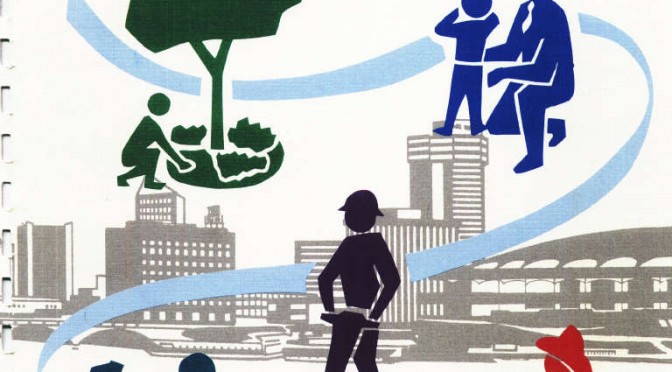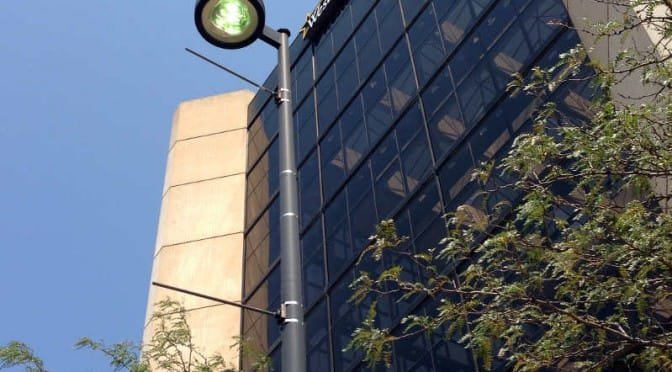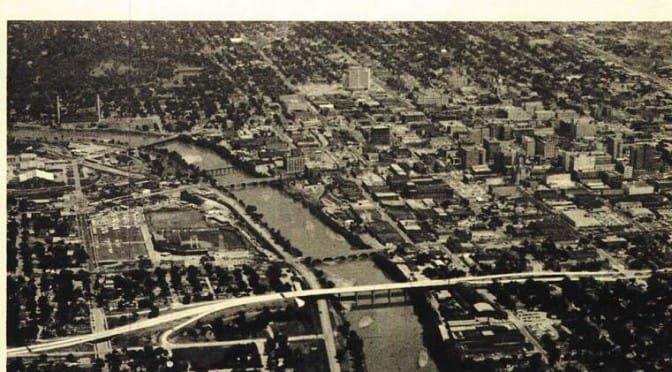This week the Wichita City Council holds the public hearing for the budget. Following are several observations.
(To view the budget, click here to go to wichita.gov. The best document to read is Volume I. The most important parts to read are the City Manager’s Policy Message (eleven pages) and the Budget Issues section (seven pages). Don’t worry; there are lots of pictures to skip over.)
The mill levy
The city says — many times — that the mill levy has not risen for a long time: “The 2015 Proposed Budget is based on City Council policy direction. It will not require a mill levy rate increase, for the 21st consecutive year.” (page 21)



The city may dismiss small changes in the mill levy as the result of errors in estimating assessed value. If there are errors in estimation, we would expect the errors to be random. That is, in some years we would expect the city to have estimated that assessed values would be lower than the actual value. In those years, the mill levy could go down. But that happened for only one year since 2002.
No matter what the cause, the Wichita city mill levy today is 2.09 percent higher than in 2002. The city should recognize this in its budget documents.
Stewardship of assets

Earlier this year the council received a document from the Community Investments Plan Steering Committee. It measured the amount by which the city is behind in maintaining its assets: “Decades of under-investment in infrastructure maintenance … 38% of Wichita’s infrastructure is in ‘deficient/fair’ condition.”
The cost to remedy this lack of maintenance is substantial. The document says that on an annual basis, Wichita needs to spend $180 million on infrastructure depreciation/replacement costs. Currently the city spends $78 million on this, the presentation indicates. The “cost to bring existing deficient infrastructure up to standards” is given as an additional $45 to $55 million per year.
This is spending that the city has deferred to future years. The city knows this, too. The Wichita Eagle recently quoted Wichita Mayor Carl Brewer: “We’ve put them off for too long. We didn’t want the challenges. We didn’t want the tax bills. But now, to maintain our quality of life, we’ve got to catch up.”
The question is this: Does this budget make plans for correcting this maintenance deficit? The answer is: Yes, it does something, as described by the city: “In 2012, staff developed a new model to determine the impact of street treatment options. This model focuses on maximizing the return on investment of each treatment option. This method attempts to match the timing and method of treatment with the projected remaining service life (RSL) and value of the street network to ensure treatments maximize Wichita’s return on investment (ROI).” (page 34)
But this change is tiny compared to the magnitude of the problem. The budget talks about the proposed one cent per dollar sales tax that voters may be asked to approve. Of the nearly $80 million per year the sales tax might raise, only $5.5 million per year is allocated towards maintenance of infrastructure, in this case additional street maintenance. Remember, the city believes it needs to spend an additional $45 to $55 million per year “to bring existing deficient infrastructure up to standards.”
Outsourcing
The budget lists the areas in which Wichita has made use of outsourcing, which are the mowing of parks and security screening at city hall. The budget says that in 2015 the intergovernmental relations function will be outsourced. Also, the city will contract with private firms to supplement snow removal, and the removal of dead trees. The city is also soliciting proposals for some street maintenance activities.
But if this is all the city is doing regarding outsourcing, Wichita is missing out on many opportunities to improve service to citizens and reduce costs.
There’s a difference between government and business. As an example, consider city golf courses. Recently an advisory board recommended that the city improve customer service and salesmanship through training of golf staff and management. Successful businesses know that customer service and salesmanship are what business is all about, especially in a service-oriented product like golf. Businesses seek to provide good customer service because that is how they earn profit. But too often government sees customers as a burden, not an asset.
Outsourcing changes city services from being a burden placed on government employees, to something that a company actually wants to do.
Waste










